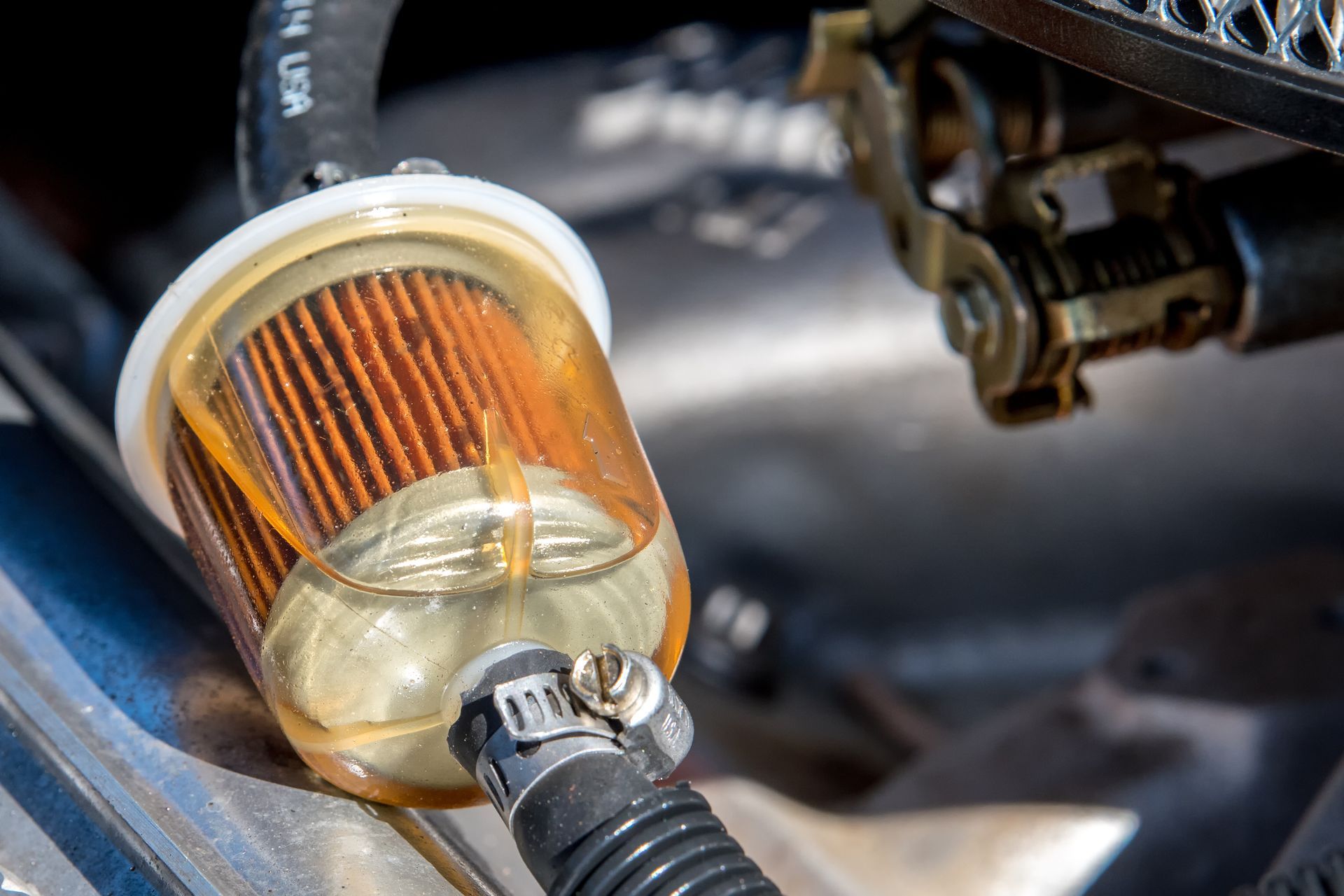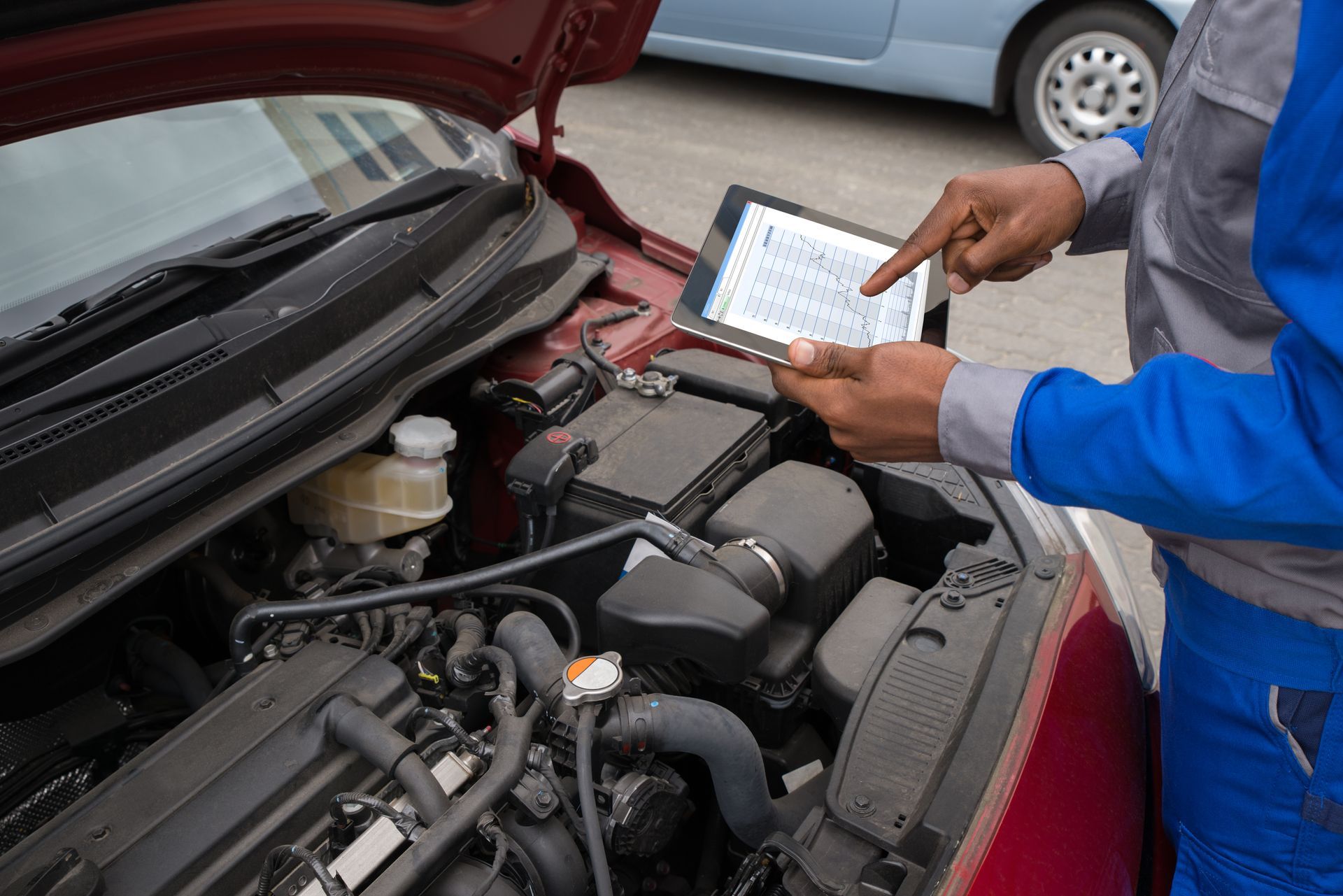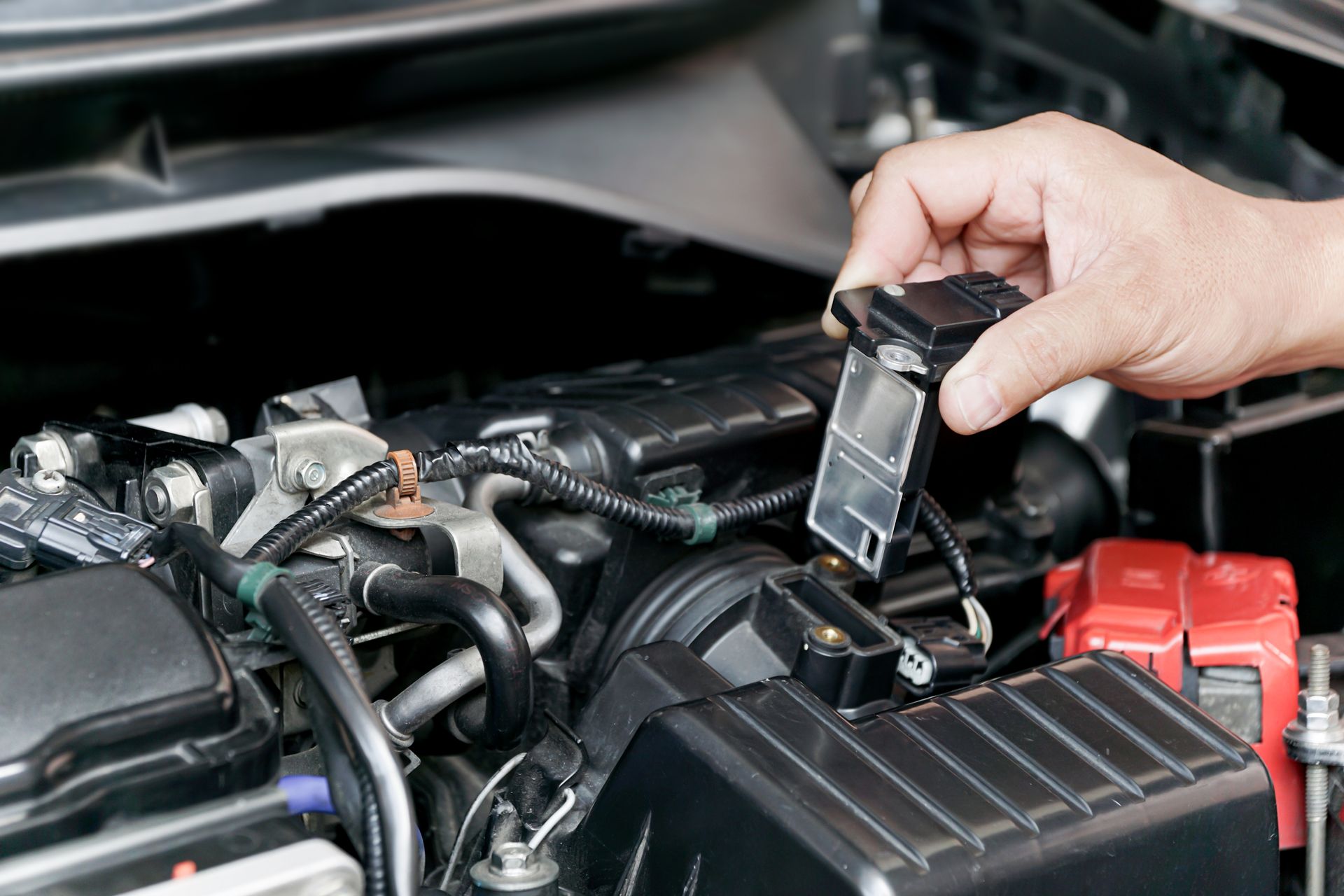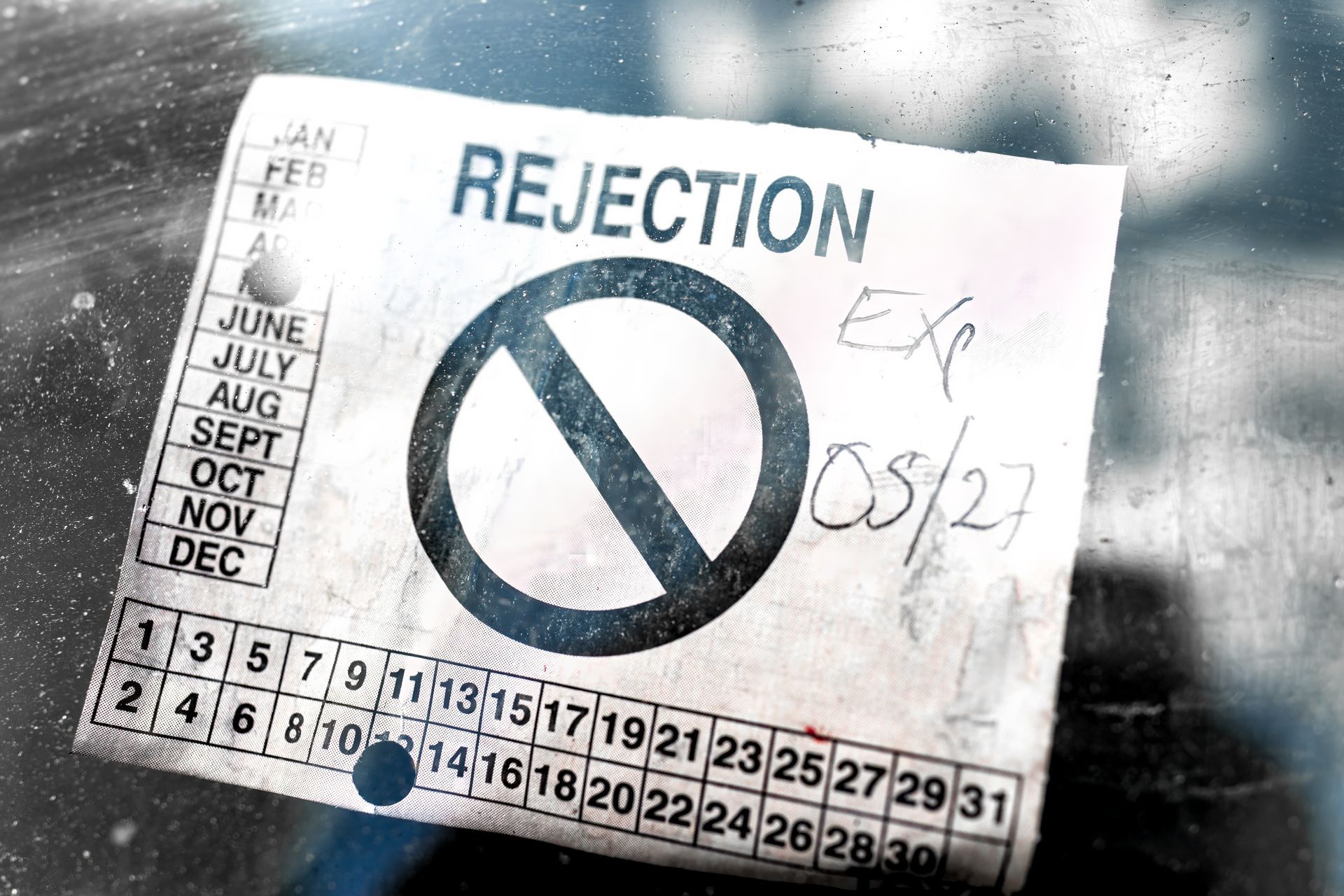Coolant is one of your engine’s most critical fluids. It keeps your vehicle from overheating, helps maintain consistent operating temperatures, and protects the engine from corrosion. But when coolant levels drop too low, it sets off a chain reaction of risks that can quickly escalate into major engine damage.
Many drivers don’t realize they’re low on coolant until a warning light appears—or worse, steam starts rising from under the hood. Being aware of the dangers of driving with low coolant will help you avoid costly repairs and keep your engine healthy year-round.
Why Coolant Is So Important
Your engine produces an enormous amount of heat during normal operation. Coolant, a mixture of water and antifreeze, circulates through the engine and radiator to carry away that heat. This process is disrupted without enough coolant, and the engine's temperature can rise quickly.
In addition to regulating temperature, coolant also contains anti-corrosion additives that protect your radiator, water pump, and internal engine passages. Low coolant levels reduce this protection, increasing the likelihood of rust, scale buildup, and part failure over time.
The First Signs of Low Coolant
Early symptoms of low coolant include a dashboard warning light, a temperature gauge rising above normal, or poor heat from the cabin vents. As coolant levels drop further, you may notice visible steam, bubbling sounds, or a sweet chemical smell—signs that your engine is beginning to overheat.
It’s important to address these symptoms as soon as they appear. Continuing to drive in this condition can lead to more severe consequences, including engine misfires or complete shutdown.
The Risks of Overheating
The most immediate danger of low coolant is engine overheating. When your engine gets too hot, metal components begin to expand. This can warp cylinder heads, blow head gaskets, or crack the engine block. These are expensive repairs that often cost more than routine maintenance or even the replacement of a simple coolant hose or radiator cap.
An overheated engine can also seize, locking internal parts and rendering the vehicle inoperable. Once this happens, the damage is often irreversible and may require an engine rebuild or replacement.
Additional Systems Affected by Low Coolant
Low coolant affects the engine and your vehicle’s heating system. The heater core relies on warm coolant to provide heat to the cabin. If the coolant is low, the heater may stop working, which is especially inconvenient in cold climates like Tonawanda.
The water pump, which circulates coolant through the system, can also suffer when there’s not enough fluid. Operating without enough coolant can cause the pump to overheat or run dry, shortening its lifespan and increasing the risk of failure.
Common Causes of Low Coolant
Coolant doesn't normally evaporate, so low levels often indicate a leak or other issue. Common causes include:
- A cracked radiator or hose
- A faulty radiator cap that doesn’t hold pressure
- A worn water pump
- A leaking head gasket
- Internal coolant leaks into the engine or transmission
These problems can range from minor to serious, and catching them early can save you time and money. If you're frequently topping off coolant or can't see an obvious leak, it's time for a pressure test and full inspection.
WNY One Stop Automotive – Cooling System Experts in Tonawanda, NY
At WNY One Stop Automotive, we know how quickly low coolant can turn into a serious problem. Whether you’ve noticed a warning light, rising temperature gauge, or just need a seasonal fluid check, our experienced technicians are here to help. With two convenient locations in Tonawanda, NY, we offer complete cooling system diagnostics, leak detection, and professional repairs to keep your engine protected.
Don’t let a small leak become a big expense, and stop by today for expert service you can trust.










